Easy to spread but difficult to control, CBRN agents not only threaten human health and communities but also affect the environment.
The threat from CBRN
According to Mr. Bui The Nghi - Center for Incident Response and Chemical Safety - Department of Chemicals - Ministry of Industry and Trade : Chemical, biological, radiological and nuclear (CBRN) risks are threatening human health, life and the environment.
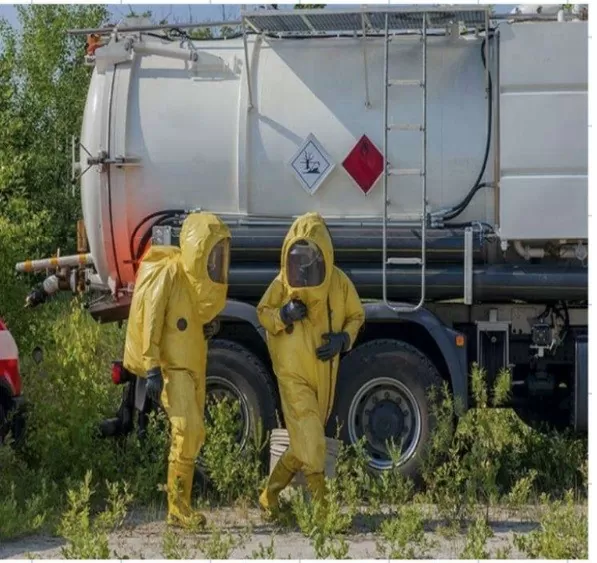 |
| Chemical hazards can come from the production, transportation, storage and use of hazardous chemicals in industry, agriculture or civil use. Photo: HC |
Chemical hazards can come from the production, transportation, storage and use of hazardous chemicals in industry, agriculture or civil use. Chemical incidents can cause environmental poisoning, harming human health and the ecosystem.
Biological hazards are often associated with disease outbreaks from viruses, bacteria or harmful organisms, for example the Covid-19 pandemic has highlighted biological hazards. In particular, in addition to biological incidents, they can also occur due to leaks or misuse of biological agents in research and production.
Radiation hazards (Radiological) can arise from the use of radioactive sources in medicine , industry and scientific research. Leakage or loss of radioactive sources can lead to environmental pollution and cause serious harm to public health.
Nuclear risks are associated with the use of nuclear weapons or accidents at nuclear facilities. In addition, Vietnam may be affected by nuclear accidents in neighboring countries.
Thus, CBRN agents pose many potential risks to human life. Specifically, according to Mr. Bui The Nghi, the threat from CBRN agents is expressed through 5 contents, including: First , leaving serious and long-term consequences: Incidents related to CBRN have the potential to cause serious damage to people, the environment and the economy. Just one chemical leak or radioactive incident can have consequences that last for decades and affect millions of people.
Second , difficult to control and easy to spread: CBRN agents have the ability to spread rapidly and are very difficult to control without careful preparation.
Third , national and international security threats: CBRN can be used as weapons in terrorist attacks or military conflicts. Extremist groups or hostile states can use chemical, biological or nuclear agents to cause massive damage, destabilizing national security.
Fourth , the impact on public health. Specifically, exposure to CBRN agents can cause serious health problems, from acute illnesses such as chemical burns and poisoning, to chronic illnesses such as cancer or genetic complications for future generations.
Fifth , it requires preparedness and international cooperation: Responding to CBRN threats requires comprehensive preparedness, from management policies, training, equipment to international cooperation. Because these agents can cross national borders, international coordination is crucial in preventing and controlling CBRN agents.
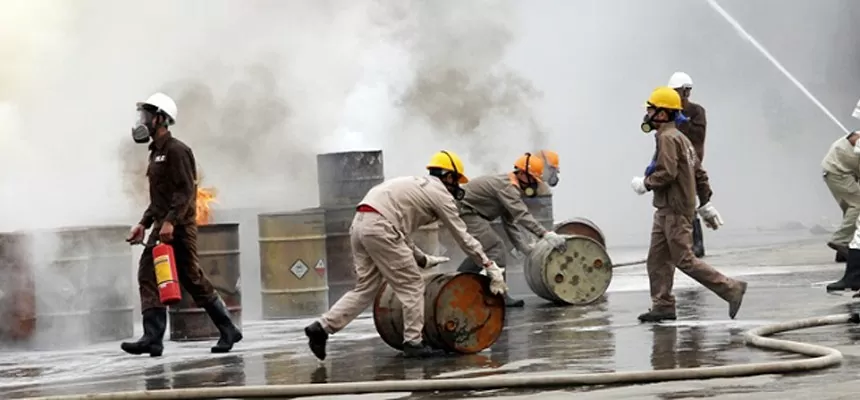 |
| Responding to CBRN risks and incidents in Vietnam in general and chemical incidents in particular is an important task in the context of globalization and risks from natural disasters and catastrophes. Photo: HC |
Vietnam's response policy
Responding to CBRN risks and incidents in Vietnam in general and chemical incidents in particular is an important task in the context of globalization and the increasing risks from natural disasters, catastrophes, as well as non-traditional security threats. Accordingly, Vietnam has been building strategies, mechanisms and forces to respond to emergency situations related to CBRN, ensuring safety for people and sustainable development.
The Vietnamese Government has also issued many decrees and legal documents related to chemical safety management, which are an important legal basis to ensure chemical safety in the process of economic development. Specifically, in 2019, the Prime Minister issued Decision 104/QD-TTg approving the National Action Plan on prevention, detection and preparedness for chemical, biological, radiological and nuclear (CBRN) risks and incidents for the period 2019-2025.
According to Mr. Bui The Nghi, the Prime Minister's Action Plan is consistent with Vietnam's guidelines, policies and laws, affirming Vietnam's commitment to non-proliferation of CBRN weapons according to Resolution 1540 of the United Nations Security Council, the non-proliferation commitment set out in the ASEAN-EU Action Plan for the 2018-2022 period and other international treaties on safety, security and non-proliferation of CBRN weapons that Vietnam has participated in.
In order to implement the Plan in Decision No. 104/QD-TTg of the Government, in 2020, the Ministry of Industry and Trade issued Decision 834/QD-BCT on the Action Plan of the Ministry of Industry and Trade to implement Decision No. 104/QD-TTg. The tasks of Decision 834/QD-TTg were issued by the Ministry of Industry and Trade to perfect legal policies on prevention, detection and response to CBRN risks and incidents, focusing on chemical risks and incidents; strengthen the prevention, detection and response to CBRN incidents; propagate and raise awareness of CBRN and promote international cooperation.
Source: https://congthuong.vn/de-phat-tan-nhung-kho-kiem-soat-hiem-hoa-tu-tac-nhan-cbrn-dang-gia-tang-365171.html




![[Photo] Cat Ba - Green island paradise](/_next/image?url=https%3A%2F%2Fvphoto.vietnam.vn%2Fthumb%2F1200x675%2Fvietnam%2Fresource%2FIMAGE%2F2025%2F12%2F04%2F1764821844074_ndo_br_1-dcbthienduongxanh638-jpg.webp&w=3840&q=75)



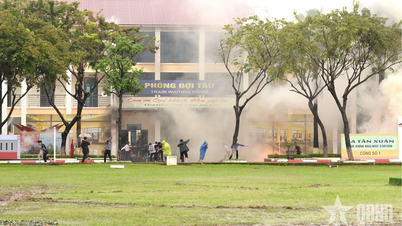



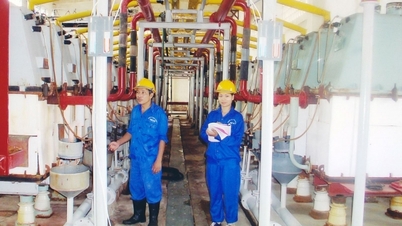
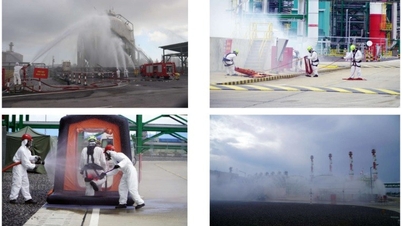
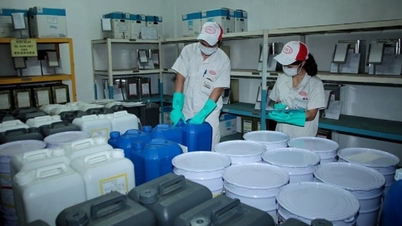




















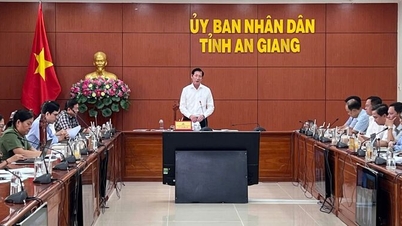

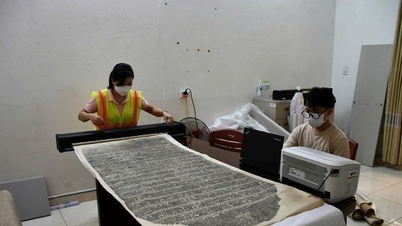




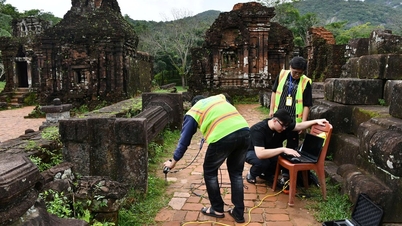




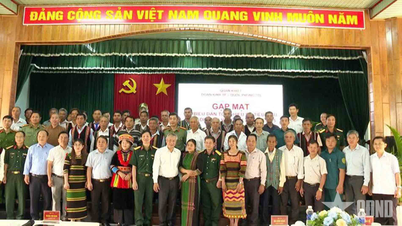











![[VIMC 40 days of lightning speed] Da Nang Port: Unity - Lightning speed - Breakthrough to the finish line](https://vphoto.vietnam.vn/thumb/402x226/vietnam/resource/IMAGE/2025/12/04/1764833540882_cdn_4-12-25.jpeg)























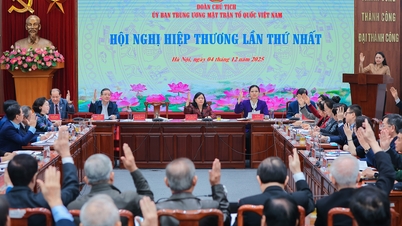
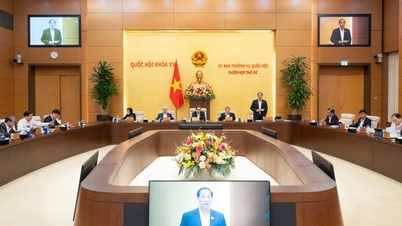
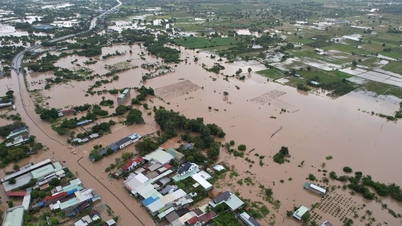

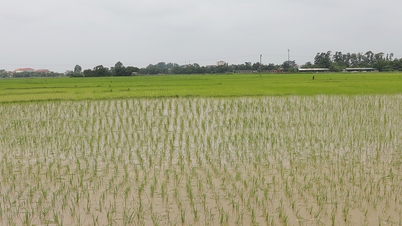

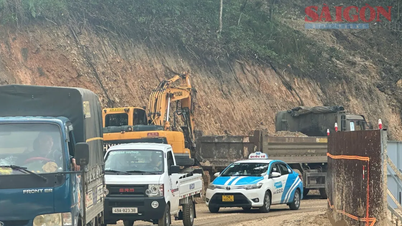


















Comment (0)